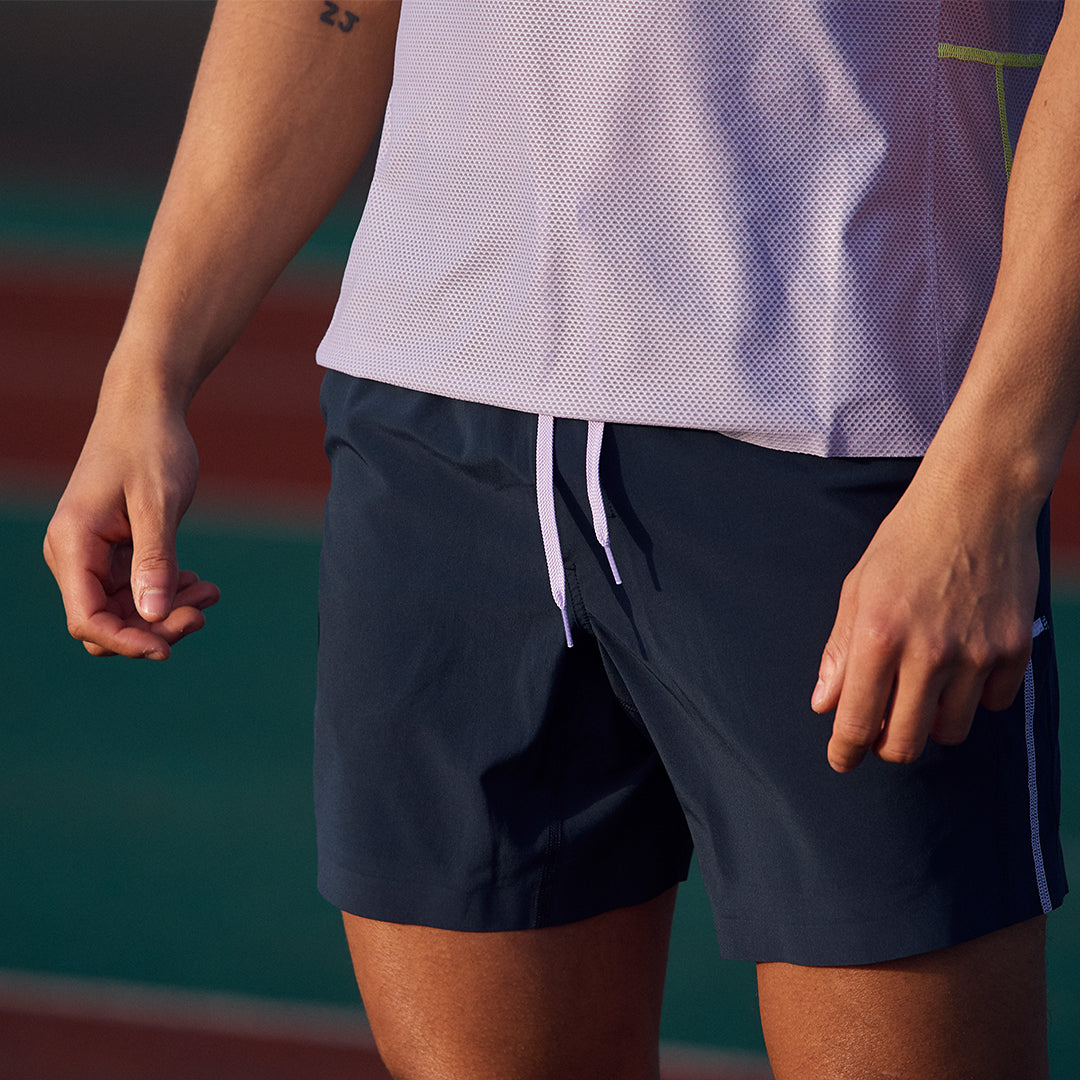
Our Approach to Design
Over the last few years, there has been countless design meetings with designers, developers, garment technicians and so forth. The ultimate goal was to create a product which was unique in the market, through both style and function. What’s easy to overlook is the complexity of designing and ultimately making each garment.
Once you have an idea for a product, everything from that point becomes a problem-solving task. From researching fabric weight, composition, hand feel, to then deciding on which stitch to put on a side seam which doesn’t add bulk, yet stands up to the rigours of training. All these small decisions add up during the product development stage, accumulating to hundreds of decisions to make through the process. Each problem solved is rewarding, albeit not easy.
Product for purpose
Our first pillar of building garments is ‘product for purpose.’ What this means is that everything we create has been built with the end use in mind. Of course, our product may be adapted in different ways, but our primary goal is to develop product for the end pursuit in mind. There are a few examples that spring to mind in our core collection, from our HeiQ Fresh anti-bacterial treatment in our Onyx which prevents odour causing bacteria, to our Framis heat-bonding on our Wolf training trouser which ensures it keeps its shape over time. These elements can’t be seen from the outside, but they add value for the end user, which leads us nicely onto our next point.
 Value through elimination
Value through elimination
Our second key aspect when it comes to design is adding value through taking away. We’ve seen this so often in garments, the tendency to want to add design elements, trims, and so on, in order to perceive value to the customer. We don’t take this approach. Our approach is rooted in the Japanese design principle of Shibui. These objects appear to be simple overall, but they include subtle details, such as textures, that balance simplicity with complexity. Our Otis Merino wool t-shirt for example utilises a unique yarn construction named RaptTM. This technique essentially wraps the super soft Merino fibres around a durable nylon yarn, giving the t-shirt the properties of 100% merino wool, but the durability of a synthetic. Our ethos comes down to using the best technical fabrics within our means, trims of the highest quality and innovative construction methods, with the ultimate goal of adding value to the end user.
Identifiable, but not always
When we started looking at branding mechanisms, the constant advice was to have an exterior brand logo. Starting out, brand recognition is of course important, but we didn’t feel as if a logo spoke to our primary design principle of Shibui.
Working with the incredible Benjamin Critton in Los Angeles, we conceptualised the T-panel, which eventually become our external brand mark. This mark can be seen across every garment, in varying applications and subtlety. It’s become an essential part of our brand and it stands for people who are in the pursuit of greatness. It speaks to us, what we stand for, and what we want to achieve.
You can learn more about the T-stitch and working with Benjamin here.
There’s no substitute for quality
First and foremost, we believe quality is the foundation for a long-lasting brand. In this day and age, it’s really difficult for a small brand to build a high-quality product whilst turning a profit. This is because of small order units leading to higher premiums, fabric surcharges, production surcharges, freight and delivery costs (splitting freight over less fabric metres) and limited resources assigned to reducing costs. With all that said, our promise is to never compensate on quality.
That’s why we work with the leading mills in Europe and Japan, manufacture in Portugal, wear test rigorously, and even source our thread from German’s leading premium thread supplier. We’re committed to building a product that customers trust, which in turn, leads to a loyal customer base who value who we are and what we produce. We’re in business because we want to inspire people to achieve their greatness, and our role is to provide the products for those to unlock their full potential. We can only do this by creating a quality product built for both function and longevity.